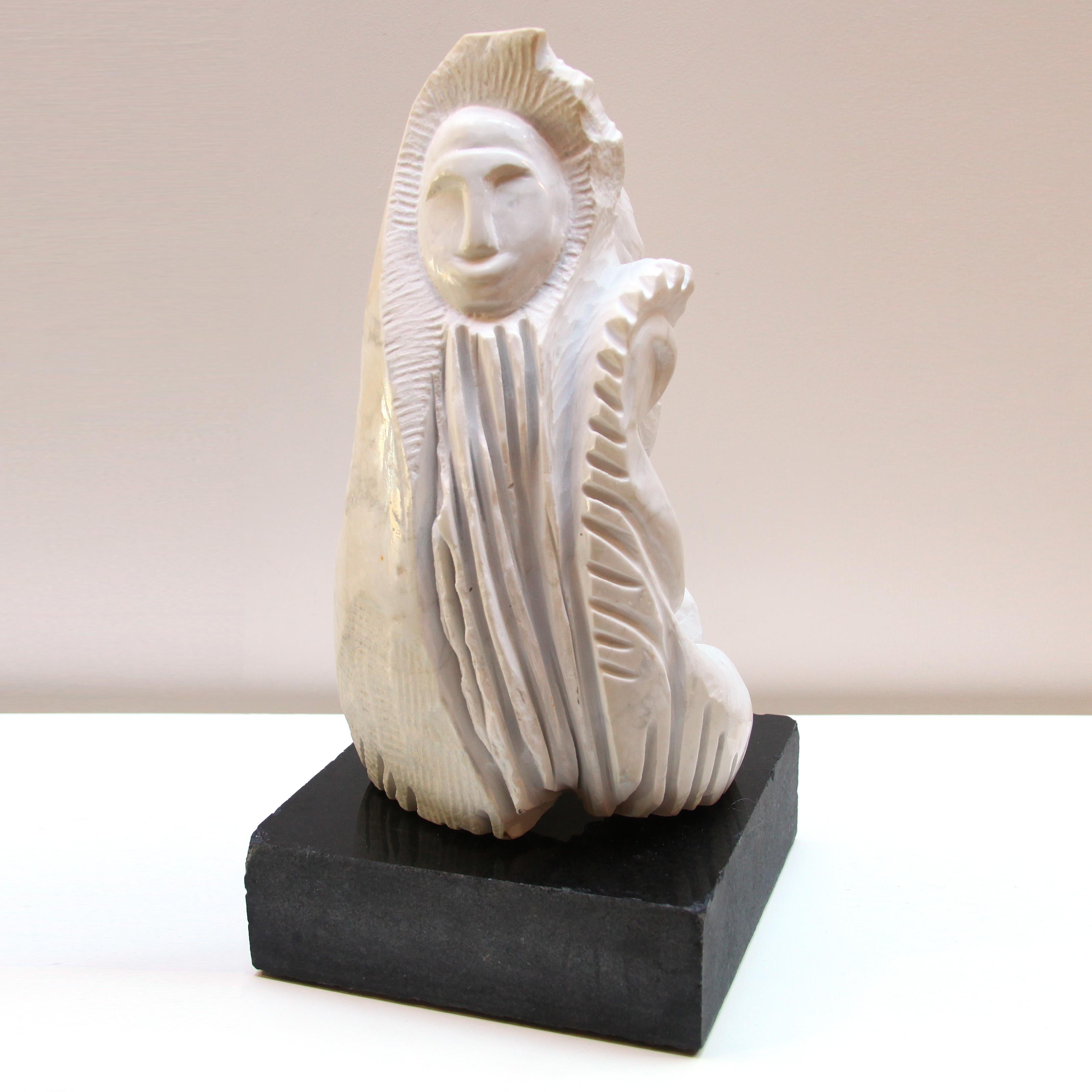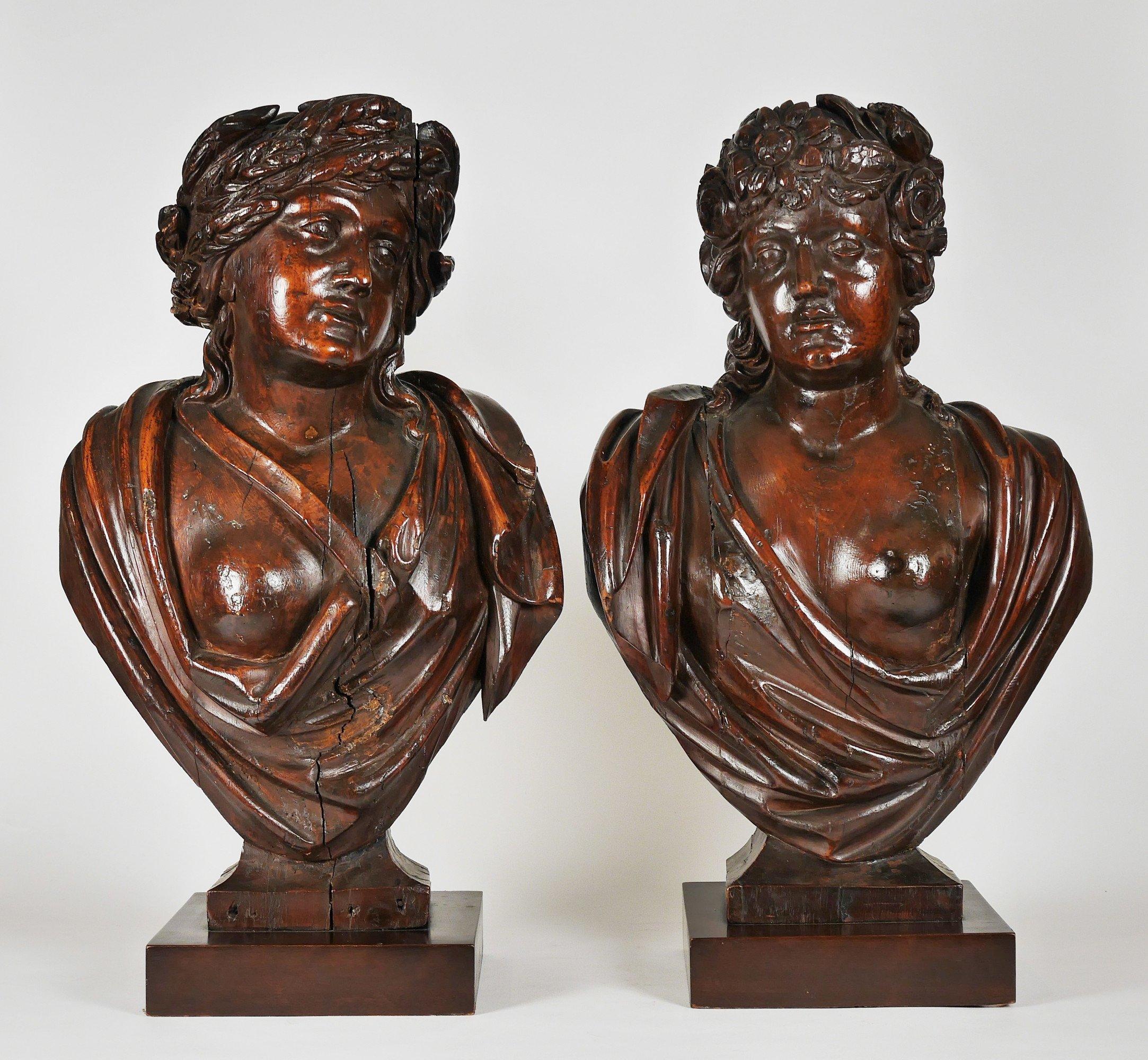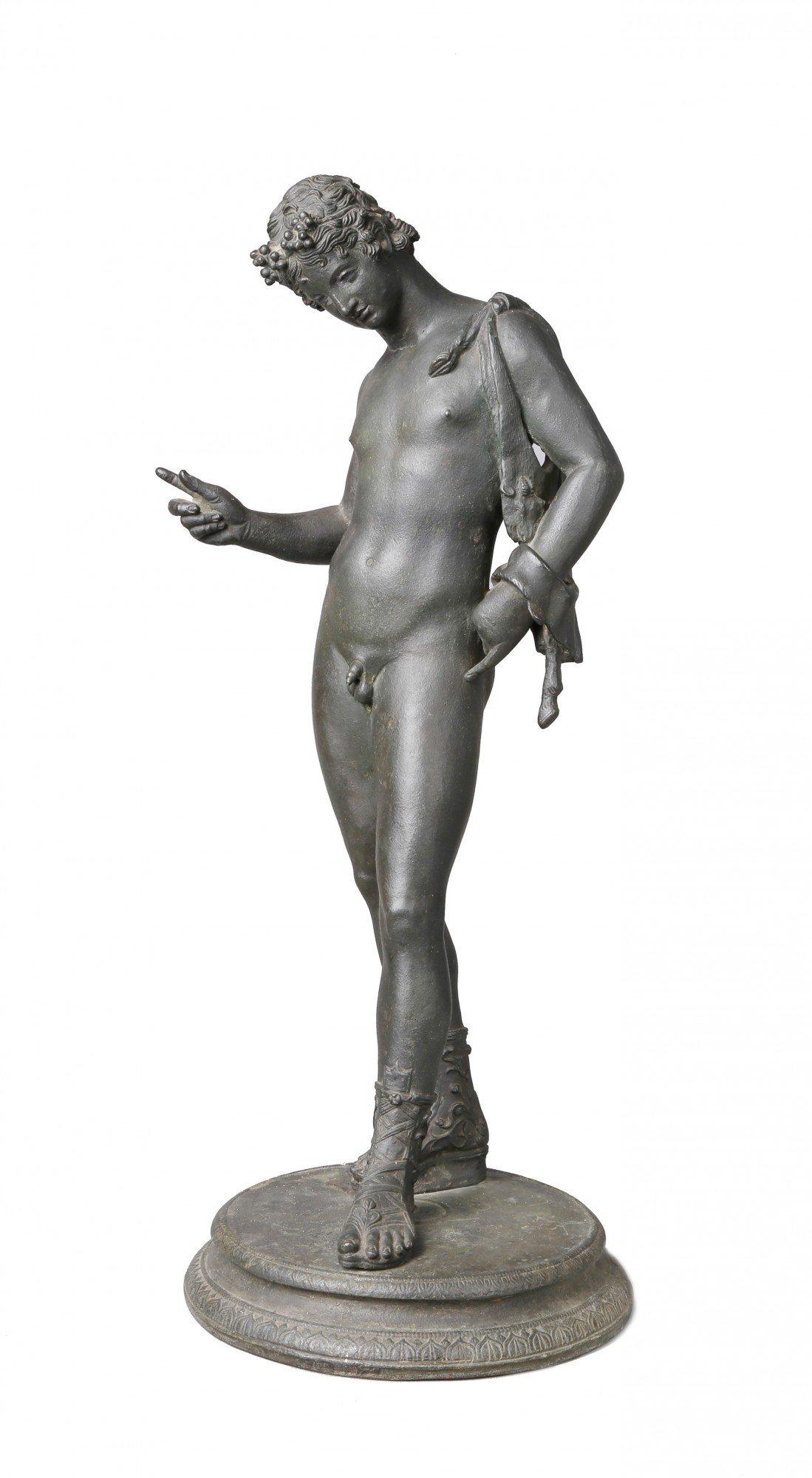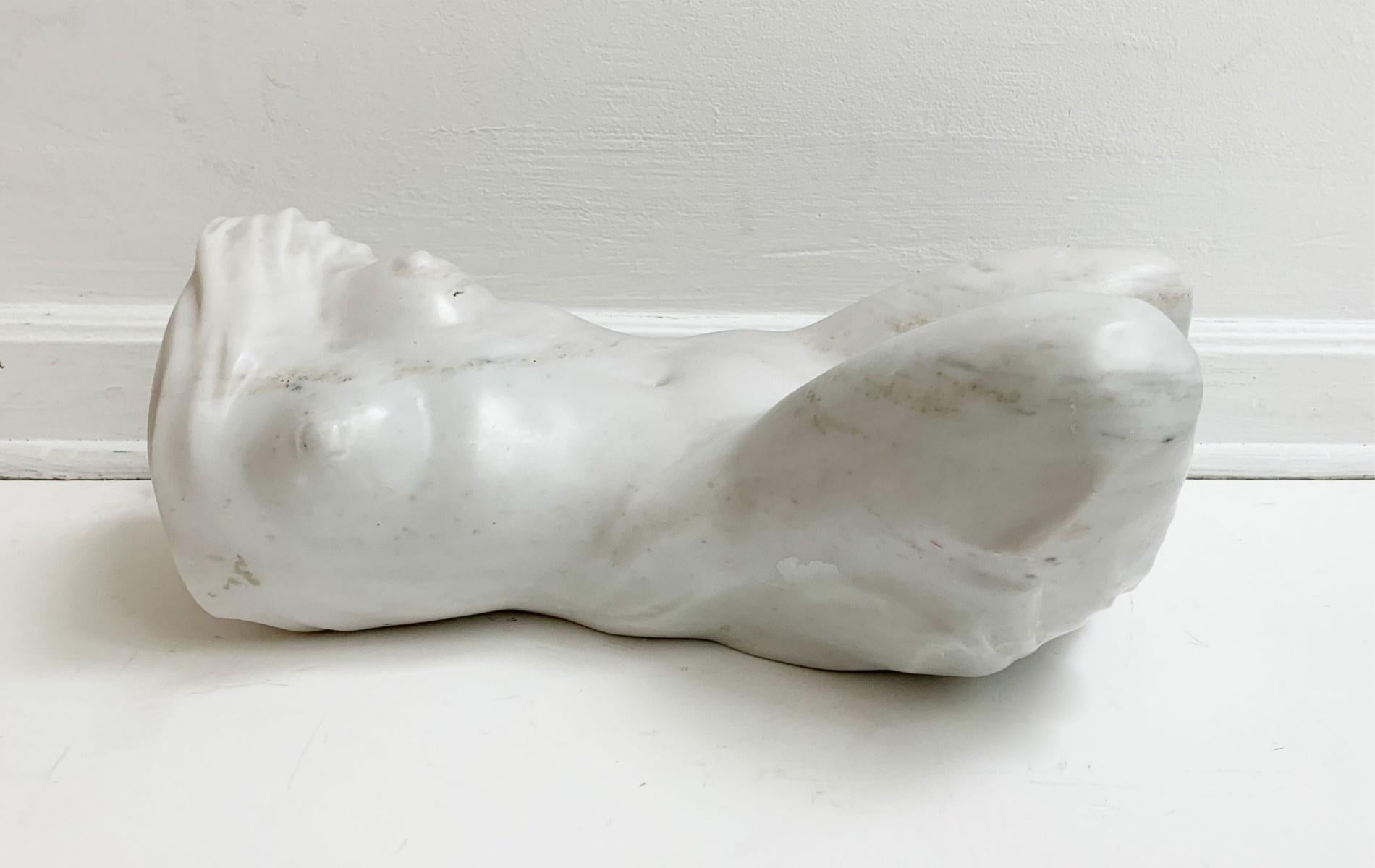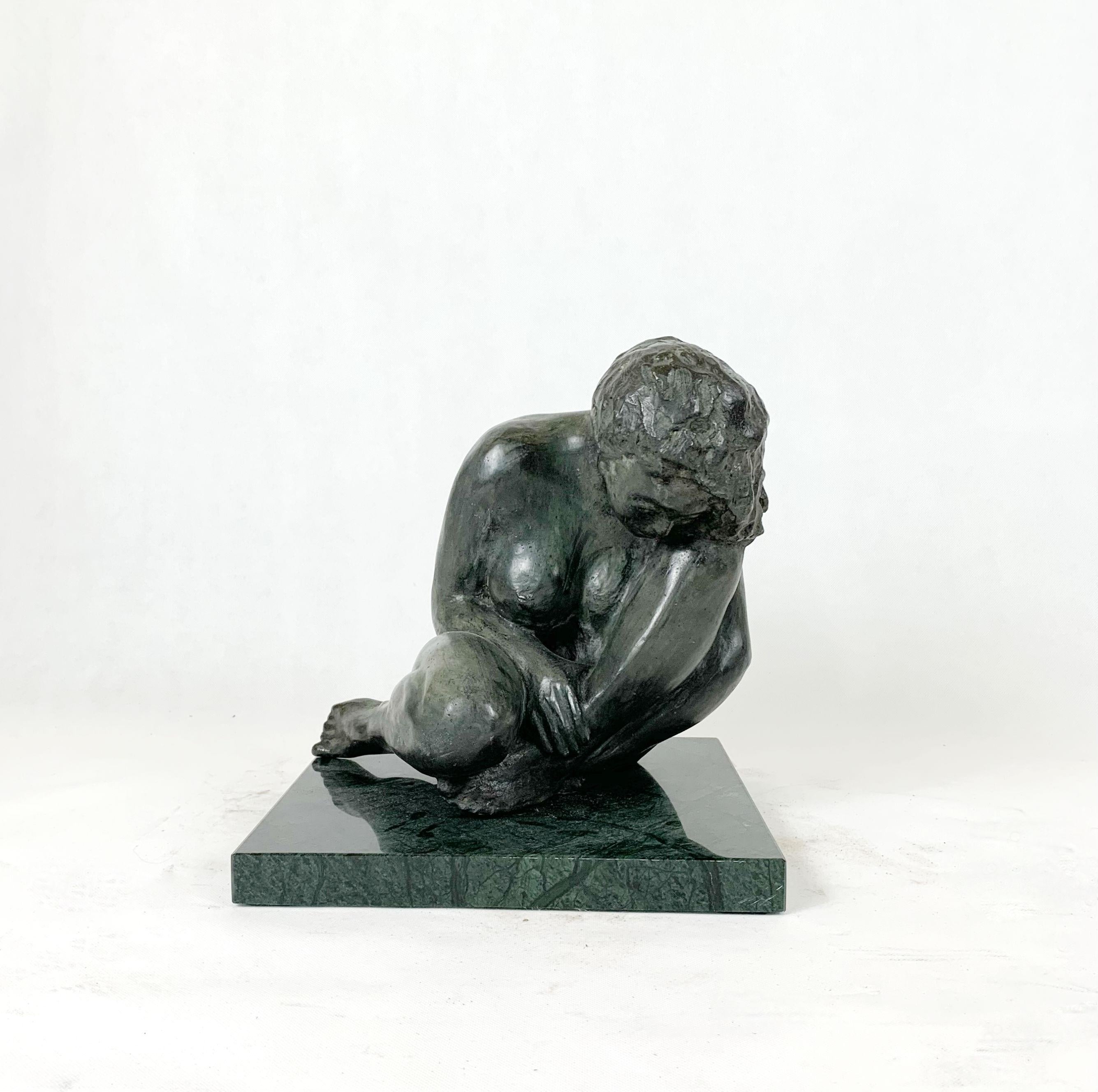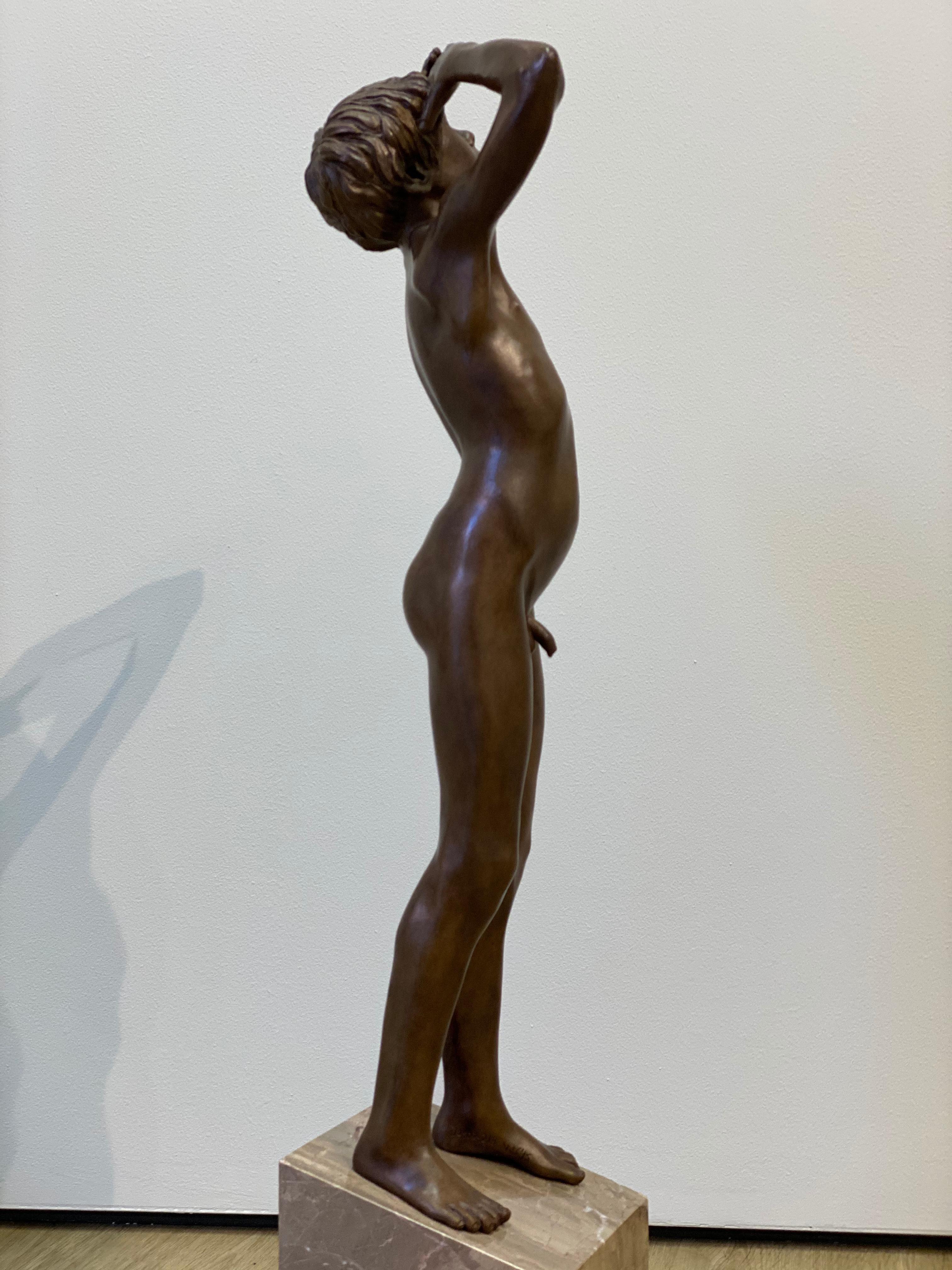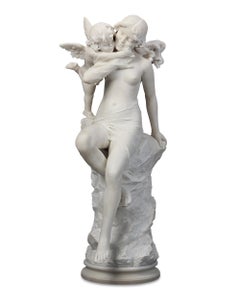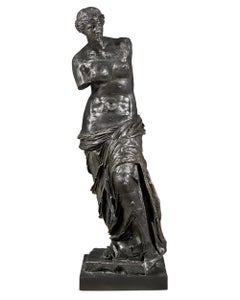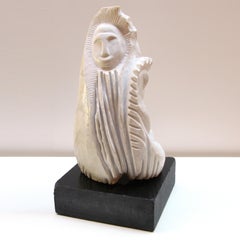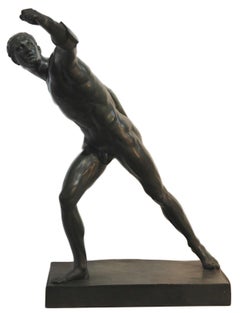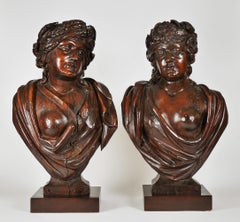
Sogno d'Amore Italian Marble
View Similar Items
Want more images or videos?
Request additional images or videos from the seller
1 of 10
UnknownSogno d'Amore Italian Marble19th Century
19th Century
About the Item
- Creation Year:19th Century
- Dimensions:Height: 56 in (142.24 cm)Width: 17 in (43.18 cm)Depth: 20 in (50.8 cm)
- Medium:
- Movement & Style:
- Period:
- Condition:
- Gallery Location:New Orleans, LA
- Reference Number:Seller: 31-23861stDibs: LU1867286832
About the Seller
5.0
Vetted Seller
These experienced sellers undergo a comprehensive evaluation by our team of in-house experts.
Established in 1912
1stDibs seller since 2013
14 sales on 1stDibs
Typical response time: 3 hours
More From This SellerView All
- Italian Marble Sculpture Of Venus And CupidLocated in New Orleans, LABeautifully detailed and lifelike, Venus and Cupid share a soft embrace in this remarkable Italian white marble sculpture. The feminine beauty gracefully leans against roughened rock...Category
19th Century Nude Sculptures
MaterialsMarble
- Vénus De Milo Aux Tiroirs By Salvador DalíBy Salvador DalíLocated in New Orleans, LASalvador Dalí 1904-1989 Spanish Vénus de Milo aux tiroirs (Venus de Milo with drawers) Signed "Salvador Dalí EA III/IV" (on base) Bronze One of th...Category
20th Century Post-Impressionist Nude Sculptures
MaterialsBronze
- Arabesque on Right Side, Right Hand Close to Earth, Left Arm OutsideBy Edgar DegasLocated in New Orleans, LAOne of a series of sculpted dancers created by the incomparable Edgar Degas, this exceptional bronze exudes all of the expressivity one expects from this 20th-century great. Degas captures the essence of his model in the graceful work, as she strikes a particularly difficult pose of the arabesque. The dancer's features have been manipulated and simplified, executed in a manner that seems almost as if one of Degas' Impressionist canvases has come to life. Degas was obsessed with capturing the dancer in motion throughout his career. He rendered their grace and movement in oil, pastel, pencil, chalk and wax - in fact, of the seventy-four wax sculptures created by Degas during his lifetime, forty of them depicted dancers. Seven of these belong to his series that capture the various forms of the arabesque, and the present work is included among them. It details one of the most difficult and animated poses of the ballet. Degas’ dancer is precariously posed in a study of balance and motion, one leg gracefully thrust into the air as she tilts her body down towards the earth and extends her arm forward. The sense of her movement is perfectly captured in the extraordinary work, as well as the fluid lines of her body. The bronze is a sought-after rarity in terms of Degas’ sculptures. Not only are his dancers the most desirable of his work, but this bronze is also distinguished by the fact that it is a Valsuani bronze, meaning it faithfully records Degas’ wax version’s pose as it appeared at the time of its creation. Most Degas' bronzes that are found on the market were cast by Hébrard – these serialized bronzes are surmoulages, or “aftercasts,” that were cast from the modèle bronzes currently in the Norton Simon Museum (Pasadena). Because these bronzes are second generation, they are smaller and far less detailed that the current bronze. This example, however, was cast by Valsuani from a plaster that was taken directly from Degas’ waxes, according to scholarship by the art historian Dr. Gregory Hedberg. These plasters were created by Degas’ sculptor friend Albert Bartholomé shortly after Degas completed his wax figurines. Thus, they record the earliest versions of Degas’ wax sculptures, before they were damaged by time or handling, and before Degas himself altered the works. The Hébrard bronzes...Category
20th Century Impressionist Figurative Sculptures
MaterialsBronze
- Bust of Pope Innocent XI Odescalchi by Domenico GuidiLocated in New Orleans, LAThis monumental bust is a museum-quality example of Roman Baroque sculpture. Crafted by the legendary Domenico Guidi and carved from Carrara marble, the impressive portrait captures the visage of Pope Innocent XI, Benedetto Odescalchi (1611-1689). It presents a larger-than-life example of Guidi’s remarkable skill as a sculptor, which ultimately made his workshop one of the most important in Rome during his age. Today, his works are rarely found on the market, particularly his extraordinary works in marble. Pope Innocent XI was born Benedetto Odescalchi into an Italian noble family of prominent bankers. Spending his early years in banking, he eventually turned to the law, earning his doctorate in 1639. His background would serve him well in his service to the papacy, and he became known as a frugal and devout member of the Church. In 1676, he was unanimously elected Pop after the death of Clement X. During his nearly 13-year reign, he instilled his own personal ideals of austerity and frugality onto the Church, with a deep commitment to reform and piety. He is captured here by Guidi in his traditional Pope’s mozzetta and camauro cap. A wide stole is draped over his shoulders, ornamented by acanthus leaves and the coat of arms of the Odescalchi family. It displays Guidi’s mastery over the chiaroscuro effect, particularly in the high level of contrast in his cheeks and his eyes, which Guidi achieved through various methods of high polish. A very similar portrait sculpture of Pope Innocent XI by Guidi can be found in the collection of the Royal Castle in Warsaw. The Warsaw bust belongs to a series of portraits of popes which the Odescalchi family commissioned from Domenico Guidi in the 1690s. Compared to that example, the present bust is far more dramatic, with deeper cut lines and a more precise expression. It is likely that the present piece was seen by the Odescalchi family, who ordered a similar one to be made. The piece was almost certainly intended to be displayed in a niche, given its dramatic cutting and its roughly carved back. Others of Guidi’s busts can be found in important collections throughout Italy, England and the United States, though many of these are lesser bronze repetitions. A bronze bust of the Pope Alexander VIII by Guidi is currently in the collection of the Victoria & Albert Museum (London), while a terracotta version of the same is in the Los Angeles County Museum. A bronze of Pope Alexander VIII can be found in the Princely Collection of Lichtenstein, and his impressive marble papal bust of Clement IX graces the pope’s tomb in Santa Maria Maggiore. The present bust of Pope...Category
17th Century Baroque Figurative Sculptures
MaterialsMarble
- CoupleBy Agustín CárdenasLocated in New Orleans, LAInfused with a crisp modernity and subtle sensuality, this bronze sculpture by Cuban-born artist Agustin Cárdenas is an exceptional example of late-2...Category
20th Century Modern Figurative Sculptures
MaterialsMarble, Bronze
- THE LAST DAYS OF NAPOLÉON BYLocated in New Orleans, LAThis highly evocative bronze by Vincenzo Vela captures the deposed Emperor Napoléon on his deathbed, holding a map of Europe and lost in thought about what might have been. Remarkable among most portrayals of the exiled leader, this highly detailed sculpture depicts Napoléon at his most vulnerable. Nonetheless, Vela perfectly captures his still-heroic bearing, which imparts to this work a monumental quality and quiet dignity. The mate to this figure is the colossal marble at the Musée du Château de Malmaison, which was shown at the Paris Salon of 1867. The founder of the verismo movement in Italy, Vela was one of the great exponents of realism in sculpture. Born in Ligornetto, Switzerland in 1820, he studied under celebrated sculptor, Benedetto Cacciatori. He was also influenced both by the work of Tuscan sculptor Lorenzo Bartolini, who seamlessly combined neoclassicism with naturalism and the romantic painting of Francesco Hayez...Category
19th Century Realist Figurative Sculptures
MaterialsMarble, Bronze
You May Also Like
- Figurative Marble Sculpture, "Kindred"By TONY GANGITANOLocated in San Diego, CAThis is a one of a kind Italian white Carerra marble sculpture by San Diego artist Tony Gangitano. Its dimensions are 10" x 25" x 10". It is on a black granite base. A certificate of authenticity will follow delivery. This sculpture is a representation of Mary and Christ...Category
2010s Italian School Figurative Sculptures
MaterialsGranite, Marble
- Early 19th Century Italian School Bronze, The Borghese Gladiator, c. 1810Located in Beachwood, OHEarly 19th Century Italian School The Borghese Gladiator, c. 1810 Bronze with green patination 27 x 18 x 26 inches Since its discovery in the early seventeenth century, the Borghes...Category
1810s Italian School Figurative Sculptures
MaterialsBronze
- 18th Century Italian Carved Neoclassical Semi Nude Female BustsLocated in Beachwood, OH18th Century Italian Carved Neoclassical Semi Nude Female Busts Wood affixed to wood plinths "Leone Della Torra / Italy Country of Origin" labels on b...Category
18th Century Italian School Figurative Sculptures
MaterialsWood
- Grand Tour Bronze Sculpture of Dionysus, 19th Century Italian SchoolLocated in Beachwood, OH19th Century Italian School Grand Tour Bronze Sculpture of Dionysus, 19th Century Bronze with black-green patination 24 x 10 x 10 inches Dionysus, in Greco-Roman religion, a nature ...Category
19th Century Italian School Figurative Sculptures
MaterialsBronze
- Monumental Marble Italian Rationalist Figurative Nude SculpturesLocated in Rome, ITThis monumental pair of sculptures in "Bardiglio" marble represent Greek Athlete of Discobolo and the Hercules figure with a lion pelt, on a cylindrical base...Category
1960s Modern Figurative Sculptures
MaterialsMarble
- Monumental Marble Italian Rationalist Figurative Nude SculpturesLocated in Rome, ITThis monumental pair of sculptures in "Bardiglio" marble represent Greek Athlete of Discobolo and the Hercules figure with a lion pelt, on a cylindrical base...Category
1960s Modern Figurative Sculptures
MaterialsMarble
